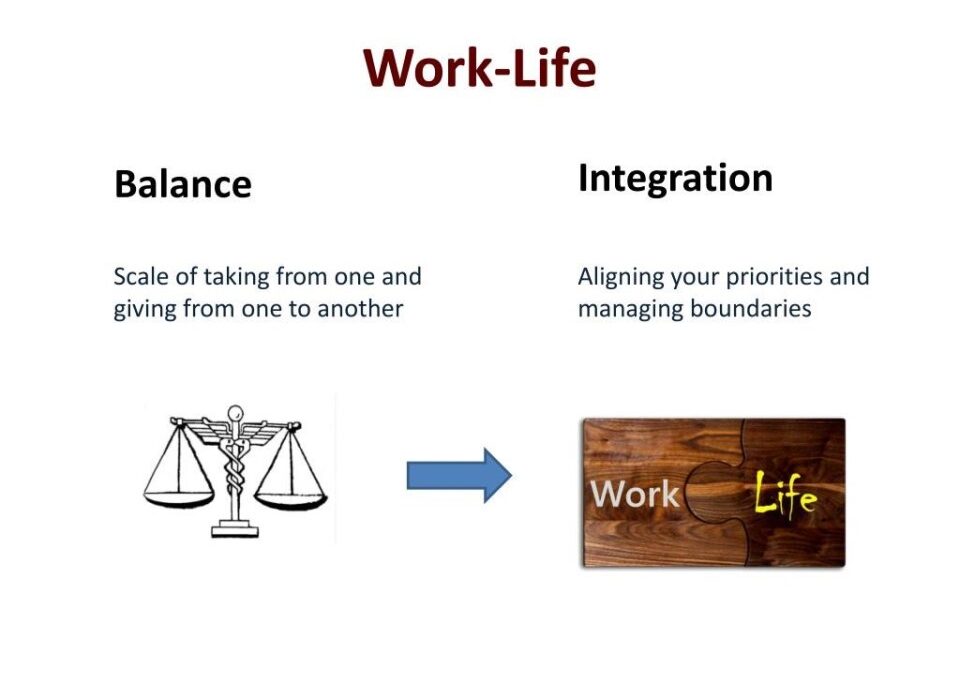
by Christine Marlet | May 7, 2024 | All, Domestic Violence for both Women and Men, Fatherhood-Motherhood-Children Education, Women and Men Cooperation at Home
This title is a tautology. The term home already implies the concept of stability. Just as it is assumed that a home is a place where people develop healthily because they have a safe, strong and intimate family environment. Curiously, however, something is not right when more and more schools are setting up mental health services for children and adolescents; and according to the World Health Organisation, in 2021 one in seven young people aged 10 to 19 suffered from a mental disorder, with depression, anxiety and behavioural disorders being the main causes.

by Christine Marlet | Apr 22, 2024 | All, Gender Equality, Women and Men Cooperation at Home
Decluttering our workload and taking a more strategic approach to the projects we say ‘yes’ to is imperative if we want to successfully position ourselves for more senior roles whilst having the space to enjoy our families.

by Christine Marlet | Mar 7, 2024 | All, Women and Men Cooperation at Home
When looking to transform your home without spending a fortune, it is essential to be creative and find ingenious solutions. Regardless of the context, improving your living space can have a significant impact on your well-being and morale. In psychoanalysis, the house is, moreover, considered as our third envelope, after the skin and the garment. Hence the importance of making its interior a haven of peace, a refuge to relax and move forward.

by Christine Marlet | Dec 4, 2023 | All, Women and Men Cooperation at Home
the home is ‘the open space for the silent flowering of the human’.‘the most hidden, private, safe and comfortable place for the ‘I’ (self), where it is sheltered from the natural world, to which it belongs as its most intimate refuge, and where it addresses the world and the ‘other’, opening itself to transcendence’.

by Christine Marlet | Nov 27, 2023 | All, Women and Men Cooperation at Home
The key thinking here is the recognition of how the home is the starting point for healthy neighbourhoods.the future not just of the buildings, but for the changing needs of residents. Human connectedness is a natural process and cannot in the end be engineered, but it can be assisted by empathetic and informed development choices.

by Christine Marlet | Jun 12, 2023 | All, Women and Men Cooperation at Home
The incorporation of technology into the home is a crucial issue in the day-to-day life of households and it is necessary to continue generating material that serves to guide families, as well as to shaWe know that this is not a trivial issue.
it requires both social and individual effort to get it right. Our future and that of the next generations’ depends on the correct use of these technologies by both households and society.









Commentaires récents